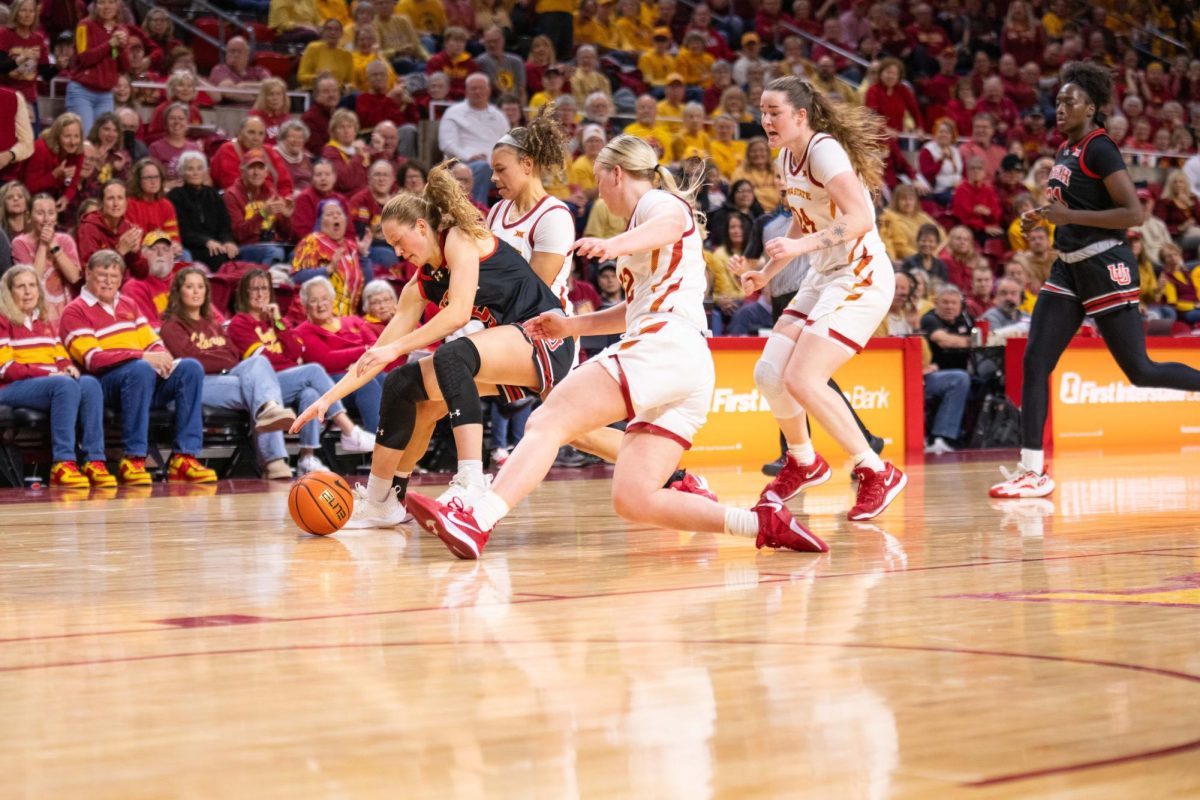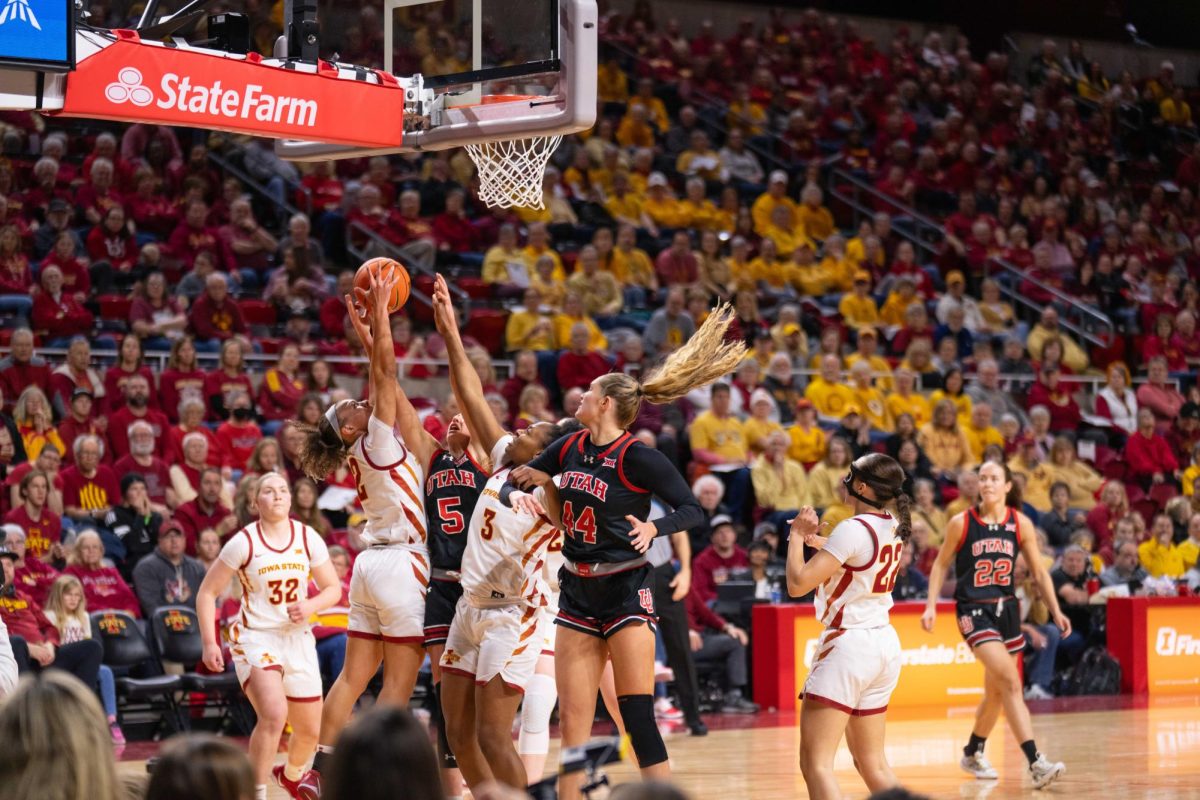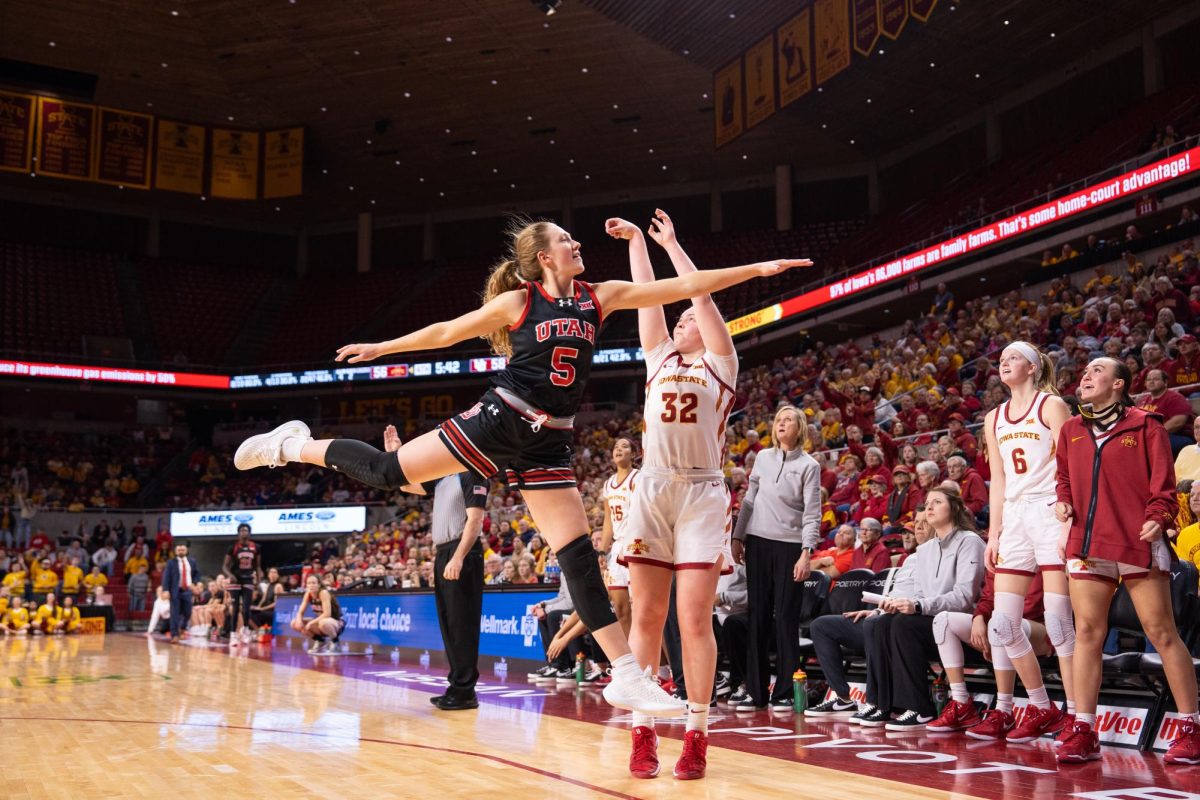Many meanings of Easter
April 12, 2001
Walking toward the pale pink and purple streamers hanging from the ceiling in Wal-Mart, children’s dreams comes true: candy, plastic toys and stuffed animals as far as the eye can see.
Customers find Easter bunny piggy banks, egg-shaped sidewalk chalk and even “Easter Fun Eggs with Hair Accessories Inside.” But nestled between the plastic jellybean dispensers and miniature Twix bars with special holiday packaging are two small stacks of Bibles.
Some might wonder why stacks of Bibles would be included in the haven of bunnies and sugar.
Around the second century, Christians began celebrating Easter as the time to remember Jesus Christ’s dying on the cross and rising from the dead, said David Hunter, professor of religious studies and philosophy. The bunnies and eggs came a little later.
“Easter bunnies have no relationship to Jesus, that I know of,” said John Donaghy, campus minister at St. Thomas Aquinas Catholic Church, 2210 Lincoln Way.
Before the bunny was an Easter symbol, it was a fertility symbol in ancient Egypt, said Hector Avalos, associate professor of religious studies. The bunny symbolized new life and was used in pagan festivals celebrating the beginning of spring, he said.
Many scholars believe the bunny also was associated with the goddess of fertility named Eastre, which may be where the Easter name came from, Avalos said.
Although the bunny has been a symbol of fertility for a long time, it didn’t become an Easter symbol until the 1500s. Many scholars believe the first “Easter bunny” came from Germany. The first edible Easter bunnies were made in Germany 300 years later, according to the Holidays on the Net Web site, www.holidays.net.
The Easter bunny made its way to America in the 1700s. At first, children were on their best behavior around Easter so the bunny would come to their house and lay eggs. They made “nests” out of their bonnets and caps and hid them around the house. The Easter bunny would find the nests and lay colorful eggs in them, according to the Holidays Web site.
Children and some college students still do this today, but instead of homemade nests, they set out Easter baskets. Most are hoping for something a little better than eggs.
Before eggs were an Easter symbol, they were also a symbol of fertility and new life. Eggs were used in ancient pagan festivals to symbolize new plant life in the spring. As Christianity came about, the egg began to symbolize the new life people receive when they turn to Jesus, according to the Web Holidays Web site, www.web-holidays.com.
Hard-boiling Easter eggs started in the fourth century, when eating eggs was not allowed during Lent. Lent, the time before Easter, was the time of year when hens laid most of their eggs. Since no one could eat them, people started to cook eggs to preserve them until Easter when they could be eaten again, according to Web Holidays. This started the Easter egg obsession.
Over the years, eggs have been hollowed, dyed, given as gifts, exchanged as valentines and painted red in honor of Christ’s blood, according to Web Holidays.






